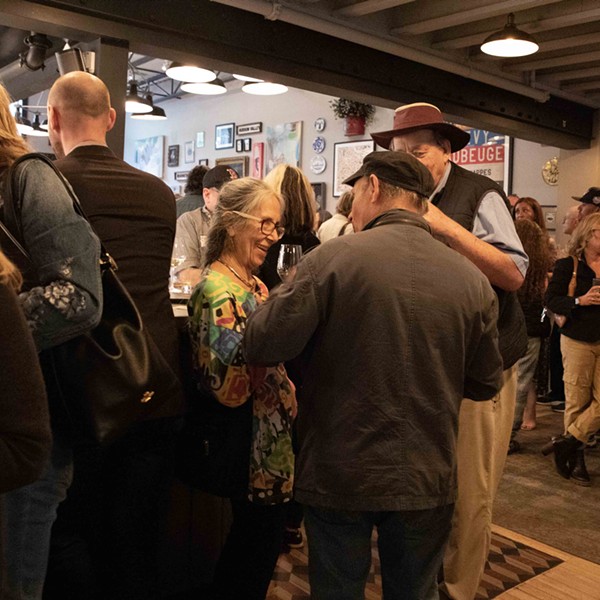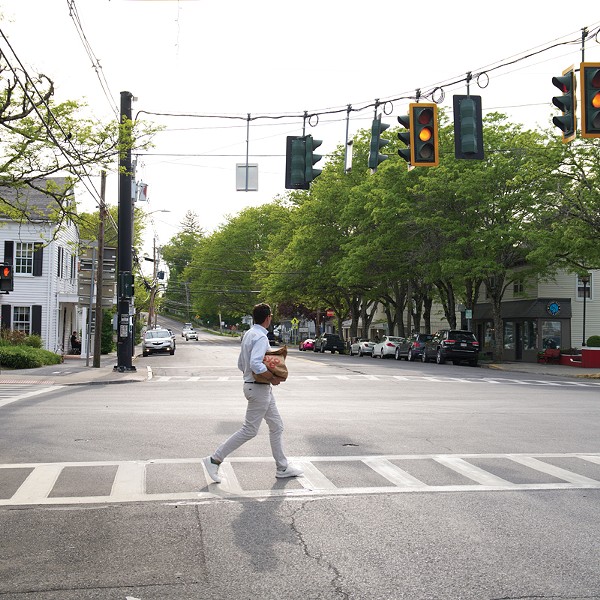Programs are also focusing more on integrating how to live with how to work, and on how to bring one’s personal growth out into the world. Executive Director Skip Backus started working at Omega in the ’70s as a contractor. As his interests became more and more aligned with Omega’s mission, he began to transition his skill set. He asks, “What is it that we want to leave here? This body is not permanent. How do I address that in terms of what I leave to the world?” He describes a connectivity between self and the world that can be addressed each day through practices like yoga and meditation, as well as changing one’s eating habits, using compact fluorescent light bulbs, and making other efforts to reduce one’s carbon footprint. “It’s individual work, but each individual is also part of a whole,” he says.
In the same way, Omega is recognized both as a gem in the Hudson Valley and also as an institution of international repute. In addition to the Rhinebeck campus, Omega has retreat centers in California, the Caribbean, and Costa Rica. Students, as well as teachers, travel from Brazil, Portugal, Singapore, and beyond, and with an expanding website they’re able to serve an even more global audience. At the same time, they have a policy of supporting local businesses, hiring local contractors, and purchasing operational supplies locally. Omega is one of the largest purchasers of organic food in the Hudson Valley, and acts as a model for sustainability in the area. “We’re residents of Rhinebeck and global citizens. I don’t think you can separate local from global anymore. Thinking globally is acting locally,” says Backus.
Toward the omega point
The extensive schedule of programs at Omega reflects the interconnection between personal transformation and cultural change. In its attempt to move toward a more integrated, more compassionate, more sustainable society, Omega puts great emphasis on understanding and tending to the environment, human rights, poverty, and increasingly, peace.
It’s a rare day when four Nobel Peace Prize laureates, a member of Afghanistan’s parliament, award-winning artists and musicians, social workers, policy analysts, political organizers, and a bevy of other influential professionals converge to work toward creating a new paradigm for power and peace. Jane Fonda, Eve Ensler, and Natalie Merchant are just a few of the world-class speakers, teachers, and performers enlisted for this year’s Women, Power, and Peace Conference (September 14-16), produced by V-Day and Omega’s Women’s Institute. This is just this kind of programming that gained Omega its renown.
Being Yoga (November 2-5) is one of the Institute’s largest and most popular annual conferences, but many programs address practicing spirituality in more surprising ways. Beyond Basketball, led by Charley Rosen and Scott Wedman in July, focused on teamwork, group coordination, and practicing competition without anger or aggression. Flying Trapeze, taught by Peter Gold and the staff of Trapeze Experience, also in July, used the experience of physical exhilaration to explore the nature of awareness and transformation. Some weeks, the Institute is abuzz with drum circles, singing, boating on the lake, and youth programs. During silent retreats and mindfulness and healing workshops, the feeling is quite different. Yoga, meditation, and dance classes are held daily at Omega, and a wellness center offers massage, body work, nutritional consultations, and other spa treatments. (For $25 a day or $38 on weekends, the public can utilize these services without taking part in a workshop. Spa prices are listed on Omega’s website.)
One of the newest initiatives at Omega is the Center for Sustainable Living, which will break ground on October 18 and is expected to open in April 2008. Structured as a living museum, its main purpose is to produce clean water from waste without harming the Earth or any of its inhabitants. Its main feature, The Eco Machine, designed by a team of architects, engineers, and ecologists, will filter waste water with naturally occurring bacteria, plants, and algae instead of chemicals. School children, college students, and individual visitors will be able to watch the entire process. “It will do no harm now and it will do no harm in the future,” says Carla Goldstein, director of external communications. “It will be completely transparent.”
















